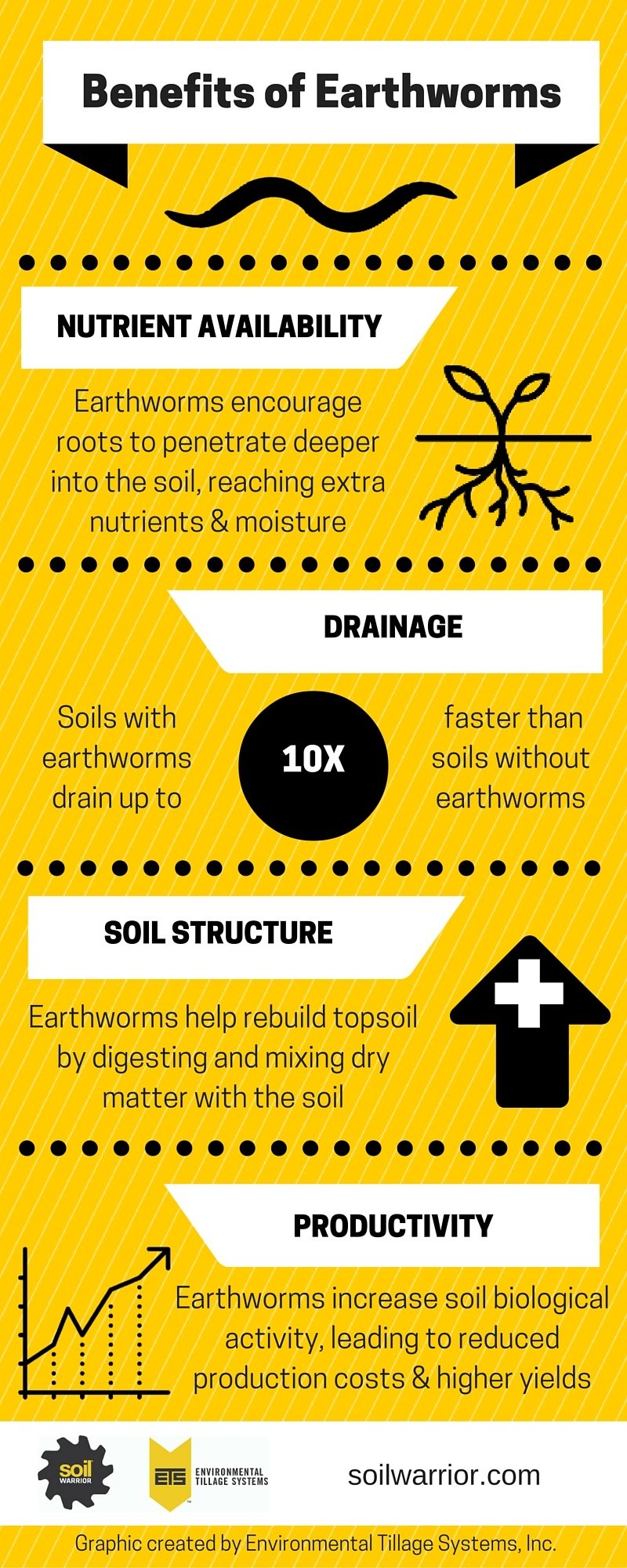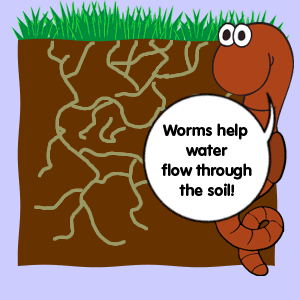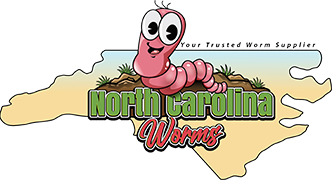The Ultimate Guide To North Carolina Worms
Table of ContentsGetting The North Carolina Worms To WorkIndicators on North Carolina Worms You Should KnowNorth Carolina Worms Fundamentals ExplainedNot known Facts About North Carolina Worms
Instance: 1-gallon of worm castings to 4 gallons of potting mix. 1/2 cup in the base of the planting hole for smaller sized plants. 1 cup for bigger plants.
The addition of tea can also include raised microbial biomass to your dirt. You can always side-dress your plants with worm spreadings at any time. Just remember, the microorganisms will certainly die if revealed to UV rays (Sunlight), so make certain to cover the spreadings with an inch or two of soil.
This baffled them for years till the testing approaches ended up being much better. It would get better(with more spreadings), level off, and then decline. Also many worm castings would certainly accelerate the growth to a rate that the plant could not recuperate from.
North Carolina Worms Fundamentals Explained
I have stated the virtues of worm castings for about 2000 words. Worm castings are no different. It takes time to create top quality worm castings.
Worm castings certainly cost even more than chemical plant foods. Worm spreadings are on the less costly end of natural plant foods. (50 gallons per year) It is a much more challenging and extremely expensive investment to produce large quantities of worm spreadings.

Producing a healthy soil might be the biggest benefit of worm spreadings. Healthy soil was reviewed and just how essential this has come to be to everybody. The top 10 advantages of worm castings were also offered. We went over worm castings NPK and also the correct nutrient analysis that need to apply to worm spreadings.
Not known Details About North Carolina Worms
Lastly, we spoke about a few of the negative aspects related to worm castings. I covered a great deal of product in this article. There are a great deal of web links (inner and exterior). If you would like even more information on a certain topic, please click through the links to find out more. As always, do not hesitate to comment or ask concerns.
The upright burrows are typically open, although the worms cap the top with residue and excrement. The vertical burrows are very essential points of entrance for quick water seepage into the soil, especially in no-till systems. Air-filled porosity is vital in assisting plant roots to flourish. Roots require oxygen for their development, whereas they generate co2 that requires to leave the dirt.
Earthworms increase porosity by two mechanisms: (1) by developing irreversible burrows, and (2) by enhancing soil aggregation. Gathering is boosted by the blending of soil and organic issue in the earthworms' guts. Lake James Bait. These very secure aggregates are deposited by some earthworms in their burrows, and by others at the surface area of the dirt


In an additional study, earthworms were approximated to consume 4 to 10 percent of the leading 6 inches of the dirt every year. Dirt compaction reduces the porosity of the dirt.
The Main Principles Of North Carolina Worms
Normal earthworm populaces can easily consume 2 lots of dry issue per acre each year, partly digesting and blending it with dirt. The significance of earthworms to mix surface deposit with soil ends up being very clear in soils that do not have any kind of earthworms. A lot of our Pennsylvania soils have at the very least some earthworms, and the result of their full lack, therefore, can not be noted.
(https://1directory.org/gosearch.php?q=http%3A%2F%2Fwww.northcarolinaworms.com%2F)In these dirts, the formation of topsoil with sensible organic matter web content did not take area, causing bad plant growth. When the cause was developed, the government of the Netherlands began a project to introduce earthworms. After the introduction of the earthworms, a dark topsoil layer was created, and plant growth increased significantly.
They live mostly from partially decayed raw material that is currently included in the soil. They consume their way with the dirt, producing horizontal burrows that they full of their excrement. These types consume large amounts of soil that they blend with digested crop deposit in their intestines. or anecic types reside in irreversible upright burrows that can be 5 or 6 feet deep.
These types consume considerable amounts of dirt that they blend with digested residue in their guts. Their waste matter is mainly transferred at the surface area of the soil.